Condensation
Condensation is the process by which a gas or vapor changes into a liquid. This occurs when the temperature of the gas or vapor drops below its dew point, the temperature at which the air becomes saturated with water vapor and cannot hold any more. When this happens, the excess water vapor condenses into liquid water droplets, forming clouds, fog, or dew.
Factors Affecting Condensation
Several factors can affect the condensation process:
- Temperature: Lowering the temperature of the gas or vapor increases the likelihood of condensation.
- Humidity: Higher humidity levels lead to a greater likelihood of condensation, as the air is closer to being saturated with water vapor.
- Surface Area: Increasing the surface area for condensation to occur, such as with the presence of dust particles or aerosols, can promote condensation.
Examples of Condensation
Condensation is a common occurrence in everyday life. Some examples include:
- Formation of dew on grass in the morning
- Cloud formation in the atmosphere
- Steam turning into water droplets on a cold surface
Study Guide
To understand condensation better, consider the following study guide:
- Define condensation and explain the process by which it occurs.
- Describe the factors that affect condensation, such as temperature, humidity, and surface area.
- Provide examples of condensation in daily life and in the natural environment.
- Discuss the role of condensation in the water cycle and its importance for weather and climate.
- Conduct experiments to observe and demonstrate condensation, such as using a cold glass to collect water droplets from the air.
By understanding the concept of condensation and its significance, you can appreciate its role in various natural processes and phenomena.
.◂Math Worksheets and Study Guides Seventh Grade. The Pythagorean Theorem
Study Guide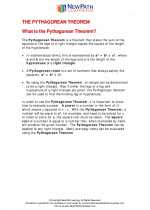 The Pythagorean Theorem
The Pythagorean Theorem  Study Guide
Study Guide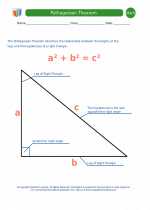 Pythagorean Theorem Definitions
Pythagorean Theorem Definitions  Worksheet/Answer key
Worksheet/Answer key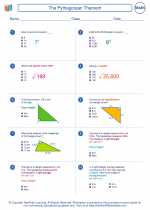 The Pythagorean Theorem
The Pythagorean Theorem  Worksheet/Answer key
Worksheet/Answer key The Pythagorean Theorem
The Pythagorean Theorem  Worksheet/Answer key
Worksheet/Answer key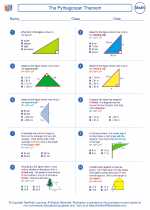 The Pythagorean Theorem
The Pythagorean Theorem  Worksheet/Answer key
Worksheet/Answer key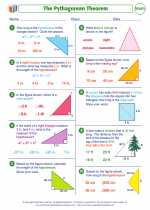 The Pythagorean Theorem
The Pythagorean Theorem  Worksheet/Answer key
Worksheet/Answer key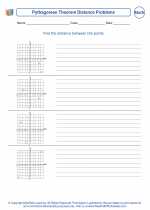 Pythagorean Theorem Distance Problems
Pythagorean Theorem Distance Problems  Worksheet/Answer key
Worksheet/Answer key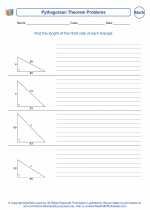 Pythagorean Theorem Problems
Pythagorean Theorem Problems  Worksheet/Answer key
Worksheet/Answer key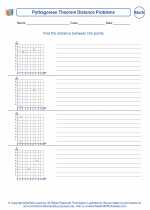 Pythagorean Theorem Distance Problems
Pythagorean Theorem Distance Problems  Worksheet/Answer key
Worksheet/Answer key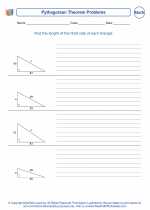 Pythagorean Theorem Problems
Pythagorean Theorem Problems  Worksheet/Answer key
Worksheet/Answer key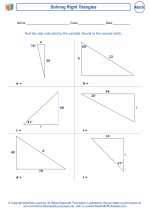 Solving Right Triangles
Solving Right Triangles  Worksheet/Answer key
Worksheet/Answer key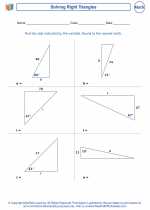 Solving Right Triangles
Solving Right Triangles 

 Study Guide
Study Guide
 Worksheet/Answer key
Worksheet/Answer key
 Worksheet/Answer key
Worksheet/Answer key
 Worksheet/Answer key
Worksheet/Answer key
 Worksheet/Answer key
Worksheet/Answer key
 Worksheet/Answer key
Worksheet/Answer key
 Worksheet/Answer key
Worksheet/Answer key
 Worksheet/Answer key
Worksheet/Answer key
 Worksheet/Answer key
Worksheet/Answer key
 Worksheet/Answer key
Worksheet/Answer key
 Worksheet/Answer key
Worksheet/Answer key

The resources above cover the following skills:
Geometry (NCTM)
Analyze characteristics and properties of two- and three-dimensional geometric shapes and develop mathematical arguments about geometric relationships.
Create and critique inductive and deductive arguments concerning geometric ideas and relationships, such as congruence, similarity, and the Pythagorean relationship.